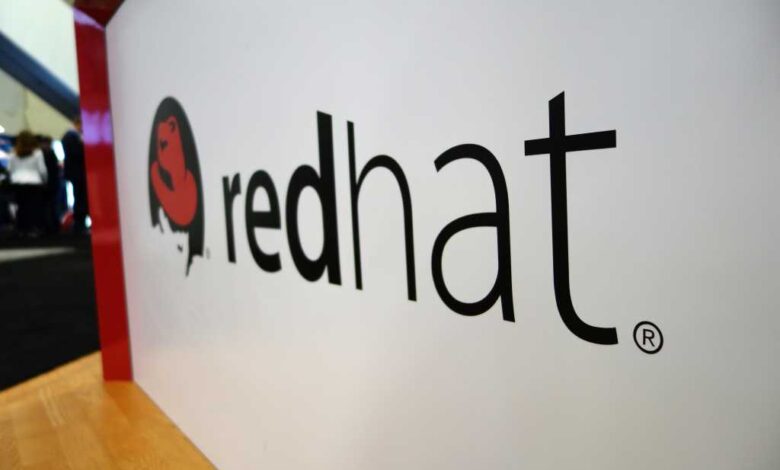Red Hat seeks to shrink IT skills gap with Lightspeed gen AI

- Model customization/tuning. Users can now use their existing Ansible content with the IBM watsonx Code Assistant to train the model. Code recommendations tailored to an organization’s specific needs and automation patterns can improve the quality and accuracy of Ansible content.
- Administrative dashboard. A new administrative dashboard provides account administrators with telemetry data around Ansible Lightspeed usage, including monitoring metrics for gen AI requests and insights into how end users are using the service.
OpenShift is Red Hat’s enterprise Kubernetes container platform for deploying applications at scale. Red Hat said that among other scenarios, OpenShift Lightspeed will come into its own when a cluster is at capacity. For example, it could suggest the user enable autoscaling, and, by assessing that the clusters are hosted on a public cloud, suggest an appropriate size for the new instance. By assessing usage patterns, it could offer to auto-scale down once capacity requirements decrease. It could also recommend using GitOps to save the configuration across clusters.
“The goal here is very similar to what we’ve already delivered with Ansible Lightspeed: to provide a generative AI assistant integrated into the OpenShift web console so users can use simple language to get answers related to OpenShift and all of the other pieces of technology that are associated with an OpenShift subscription,” Dubuque said.
Red Hat Enterprise Linux up next
Red Hat’s plan for RHEL Lightspeed is to simplify how the IT function deploys, manages, and maintains Linux environments even as systems and their complexity scale. The gen AI assistant is intended to help both novice admins and seasoned operations teams more quickly get answers to common questions and solve emerging problems.



